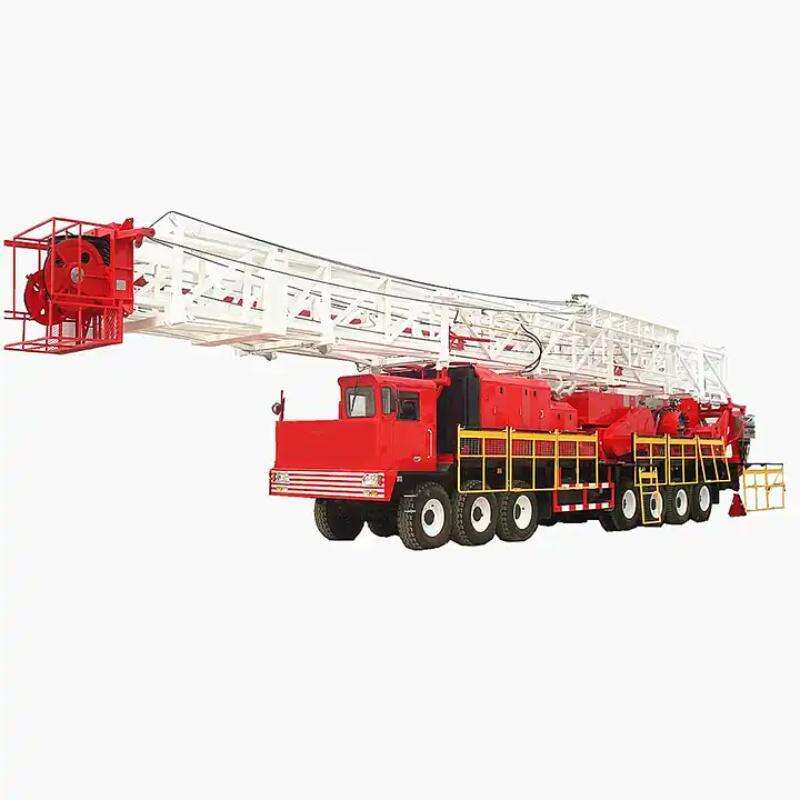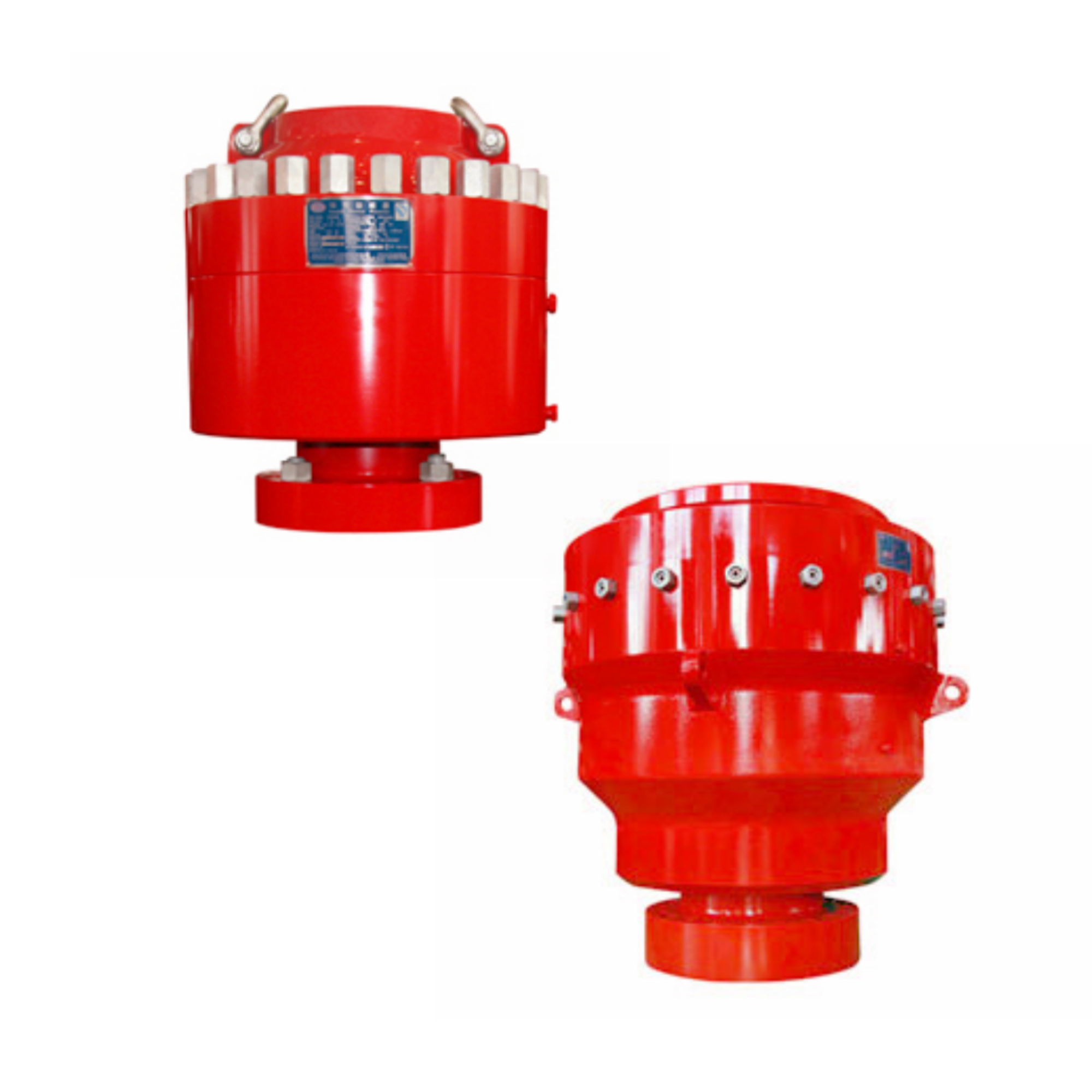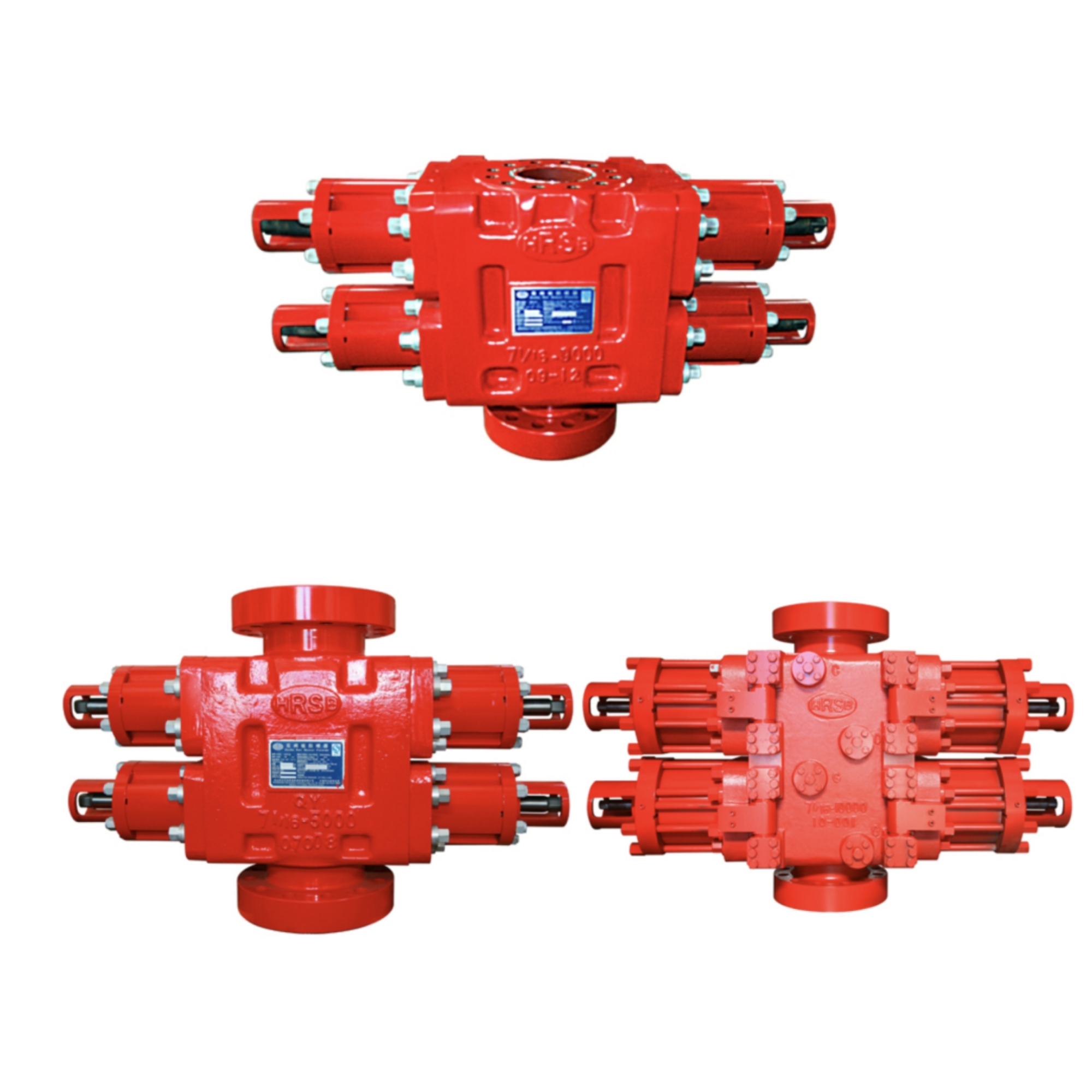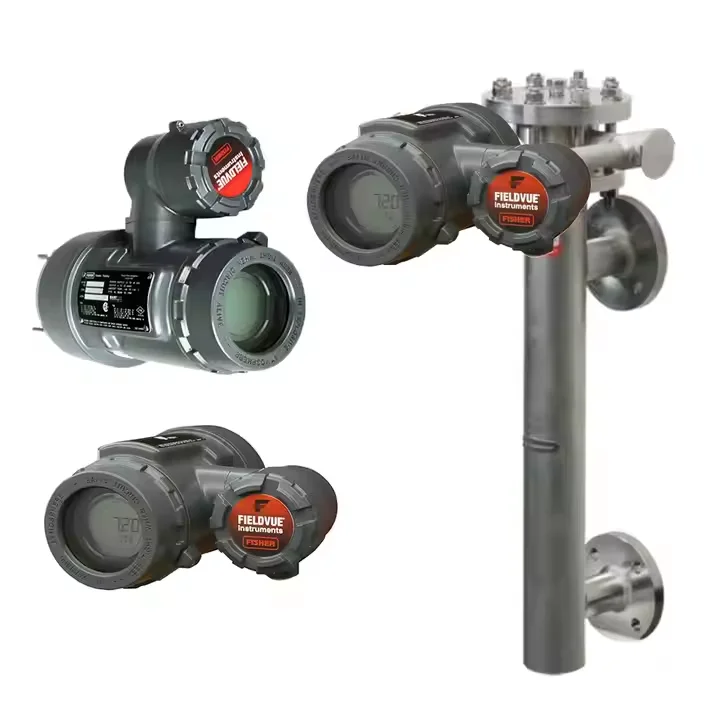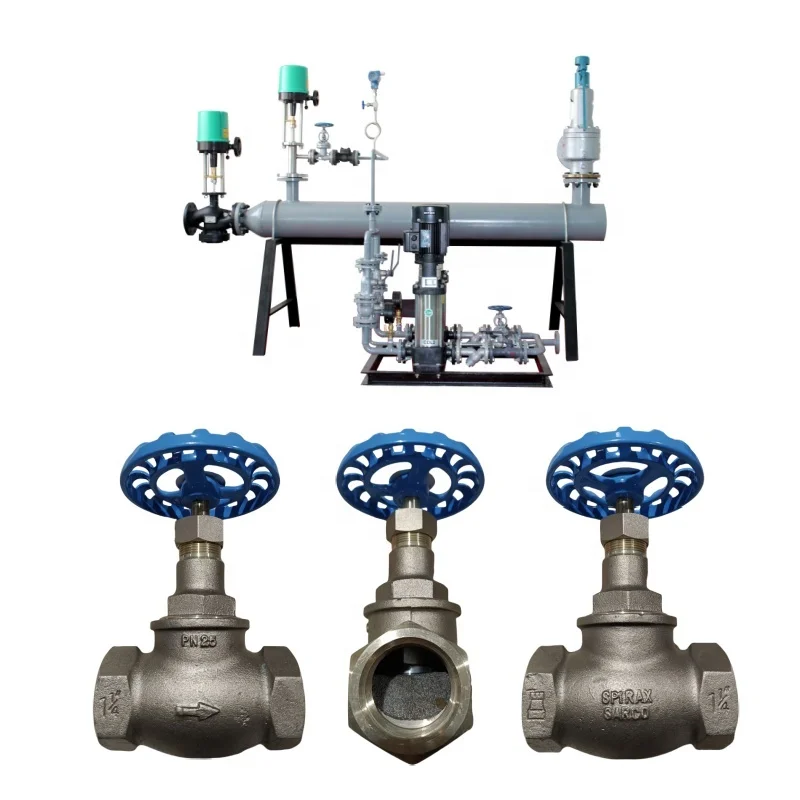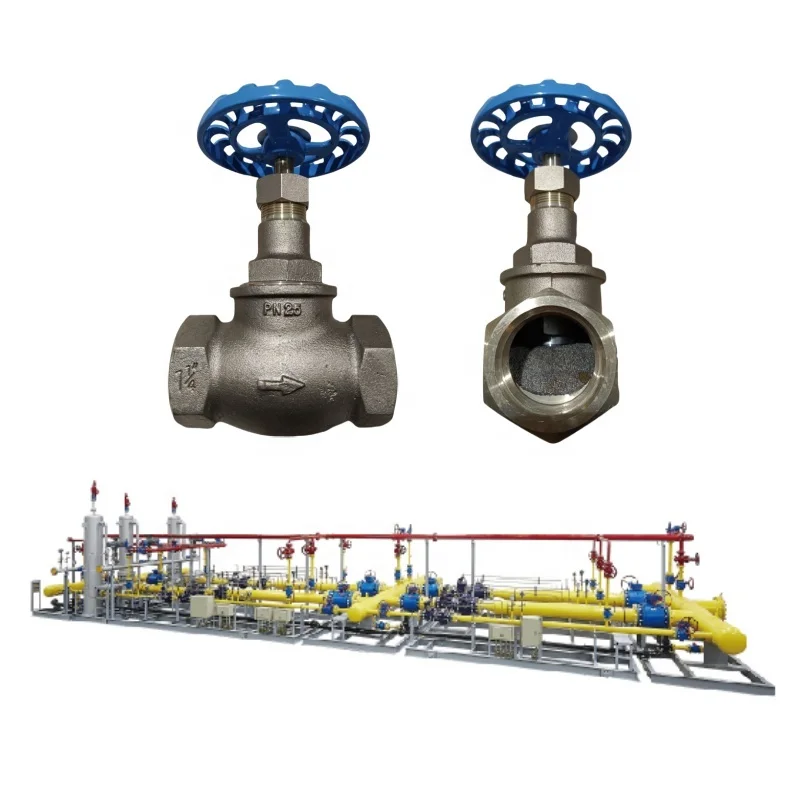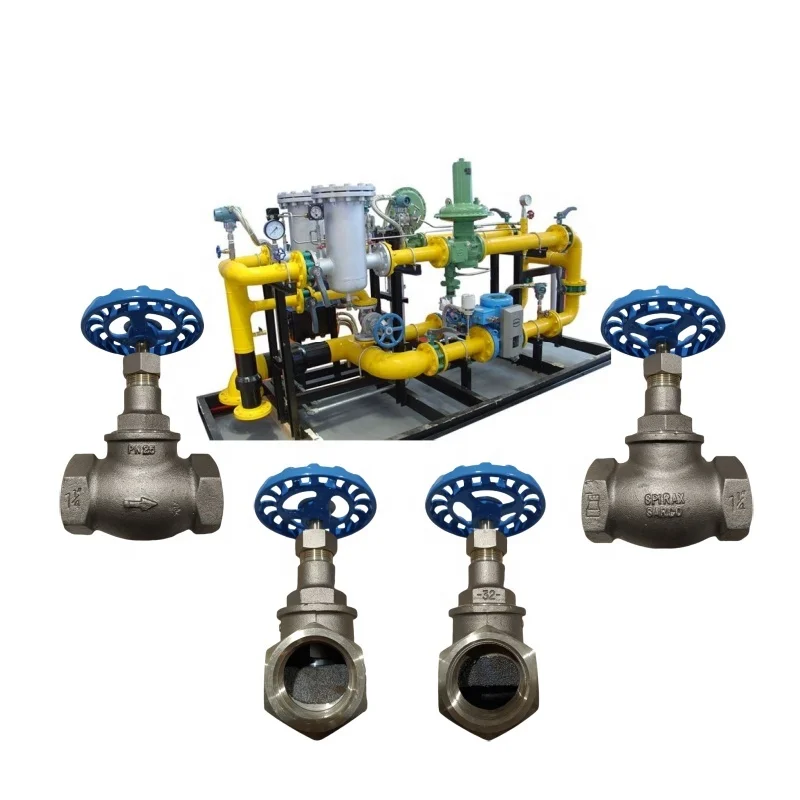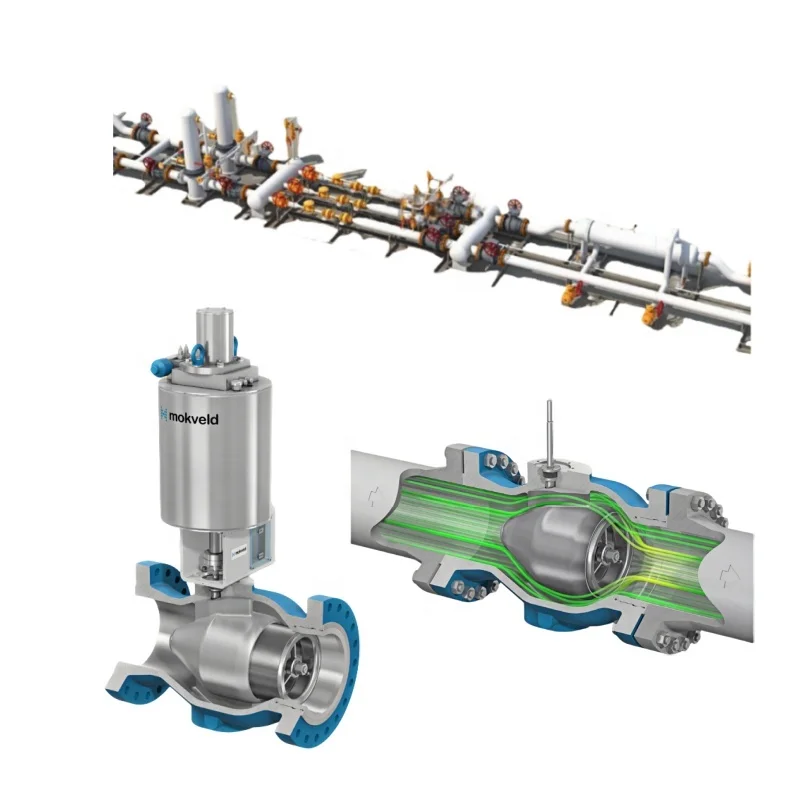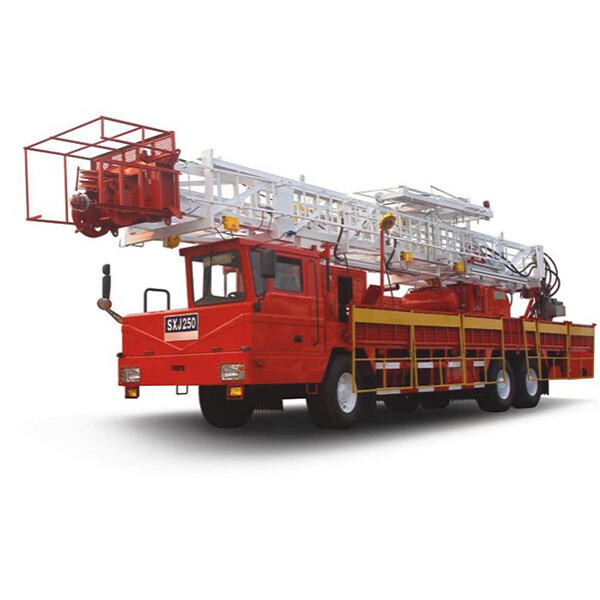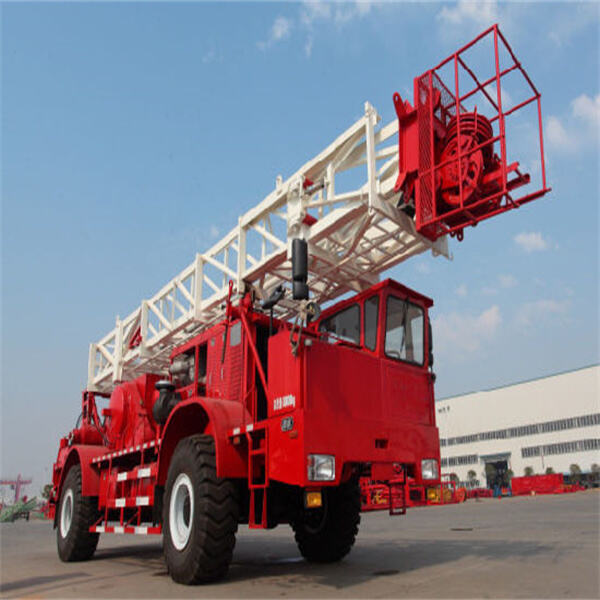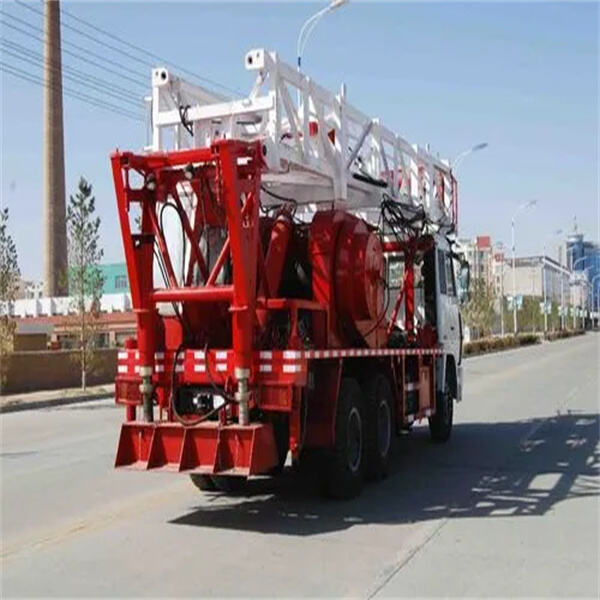- Početna Stranica
- Više o nama
-
Proizvodi
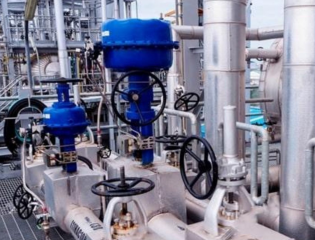
Ventili I Pribor
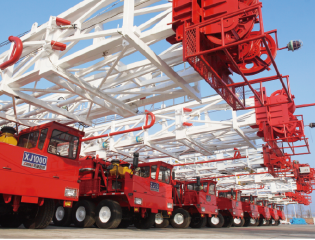
Bušačke I Radne Jedinice
Kontaktirajte nasTel / WhatsApp / WeChat:
+86 15000725058
- Vijesti
- Kontakt
- Blog

 EN
EN
 AR
AR
 BG
BG
 HR
HR
 CS
CS
 DA
DA
 NL
NL
 FI
FI
 FR
FR
 DE
DE
 EL
EL
 HI
HI
 IT
IT
 JA
JA
 KO
KO
 NO
NO
 PL
PL
 PT
PT
 RO
RO
 RU
RU
 ES
ES
 SV
SV
 CA
CA
 TL
TL
 IW
IW
 ID
ID
 LV
LV
 LT
LT
 SR
SR
 SK
SK
 SL
SL
 UK
UK
